-
 Fiber Optic Light-Honeycomb Star Ceiling Panel
Fiber Optic Light-Honeycomb Star Ceiling Panel -
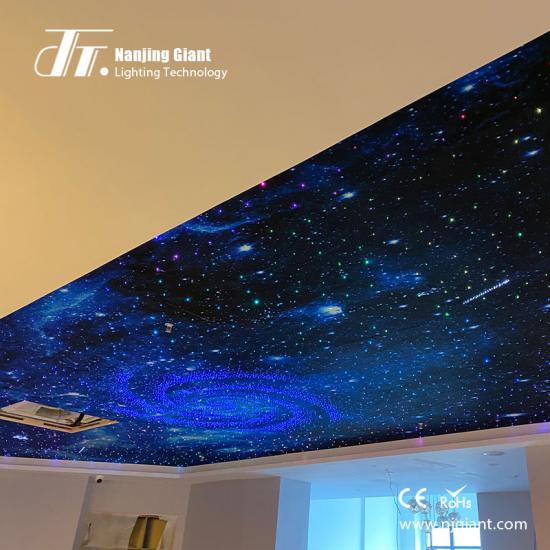 Fiber Optic Starry Sky Light-Inkjet Panel
Fiber Optic Starry Sky Light-Inkjet Panel -
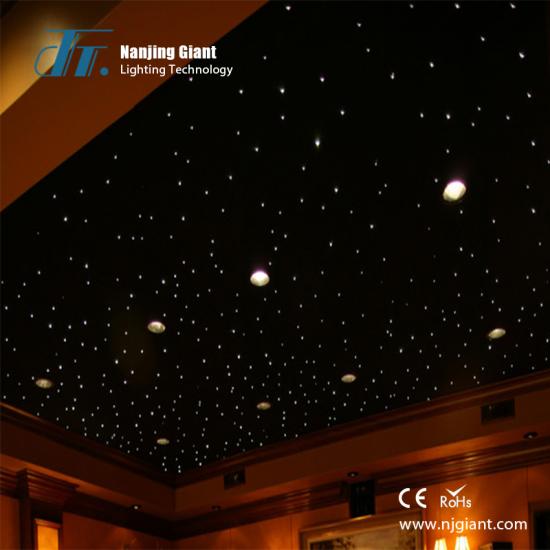 Hydra Starry Sky Ceiling Panel
Hydra Starry Sky Ceiling Panel -
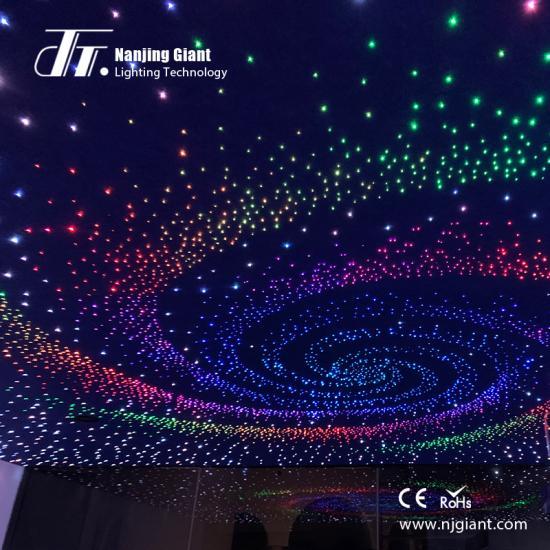 Fiber Optic Star Light Traditional Installation
Fiber Optic Star Light Traditional Installation -
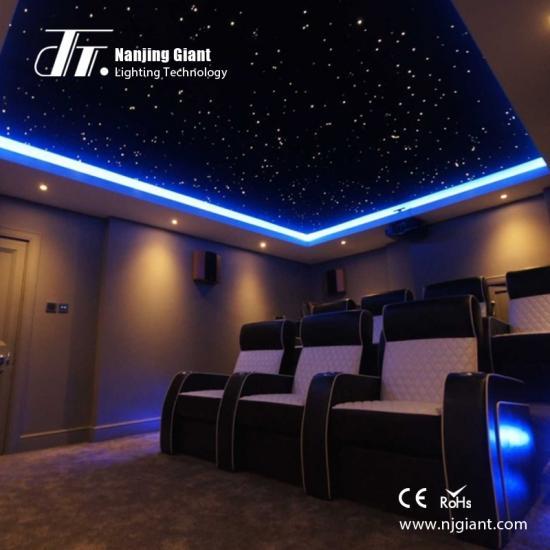 Fiber Optic Standard Starlight Ceiling Panel
Fiber Optic Standard Starlight Ceiling Panel -
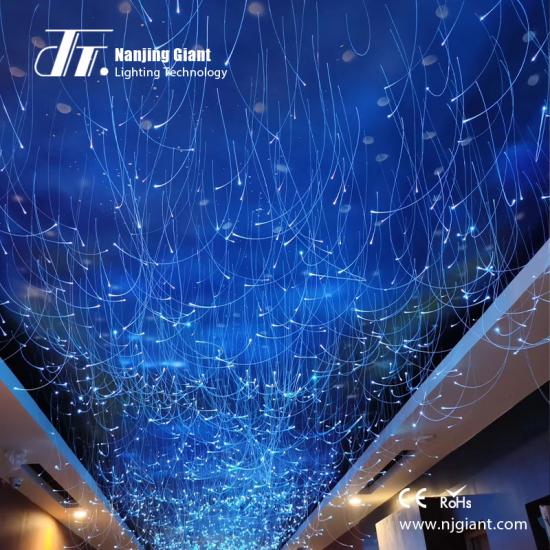 Fiber Optic Hanging Light Star Ceiling Panel
Fiber Optic Hanging Light Star Ceiling Panel -
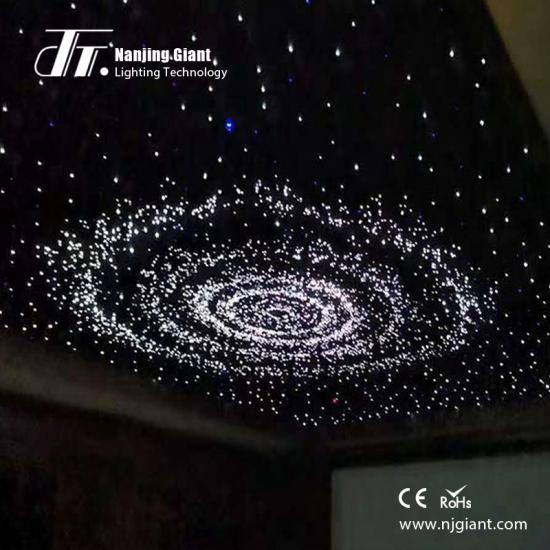 Fiber Optic Star Ceiling Custom Pattern
Fiber Optic Star Ceiling Custom Pattern -
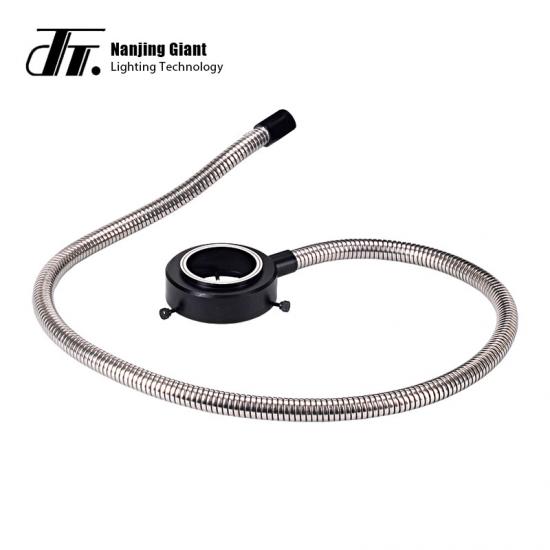 Optical Fiber Ring Light Guide
Optical Fiber Ring Light Guide
The beam transmission is generally composed of a plurality of glass optical fibers arranged and combined. The two ends of the transmission beam are bonded with optical glue, and a protective structure is installed on the outside. The transmittance of the transmitted beam is generally more than 50% per meter, and its temperature resistance depends on the material of the adhesive and the sheath. The temperature resistance range is generally -40°C-250°C, and the minimum bending radius is 30 D. There are several types of Glass Fiber Optical Light Guide that are more common in daily production and life:
(1)Glass Fiber Optical Straight Light Guide
It is known as one-in-one-out "single light guide". It is combined with a cold light source and is suitable for illumination in difficult conditions such as narrow observation space and obstacles. For example, for the lighting of medical observation instruments, the most representative ones are various medical endoscopes (gastroscopes, laparoscopes, anorectoscopes, etc.) that use flexible image beams and light guides. When using the advantages of optical fiber illumination, the light source is placed outside the patient's body and focused on the input end of the light guide. In addition, the illumination obtained by this method is much higher than that of the traditional lighting system, which significantly improves the results of in-vivo inspection, diagnosis and surgery.

(2)Multi-Branched Fiber Optic Bundles
It can be divided into a series of input and output branch light guides, that is, the single-end structure of the beam transmission is changed into a multi-end structure, and the sum of the output areas of each branch light at the final output end is the sum of the input areas. The simplest structure of this branch light guide is a Y-type optical fiber with one input and two outputs, which is widely used in a variety of fiber optic sensors; in addition, there are also one input multiple output or multiple input multiple output used in various applications Various forms of branched light guide structures. A typical example of the application of the branched light guide structure, such as multiple instrument panels in automobiles and airplanes, can use branched light guides to achieve multi-point low-light illumination.

(3)Deformed Glass Fiber Optic Light Guide
Deformed beam transmission is the transmission beam whose output section is transformed relative to the shape of the input section. The only requirement for its design is that the cross-sectional areas of the output end face and the input end face beam are equal. This deformed beam is usually used as an interface for the conversion between two optical systems of different shapes, or according to the special requirements of the system for the structure of the lighting device, it is generally converted from a circle to other shapes. This deformed beam, Since the shape area of the output end face matches the area of the illumination, the transmission illumination efficiency of light energy will be improved, and the illumination structure will be compact.
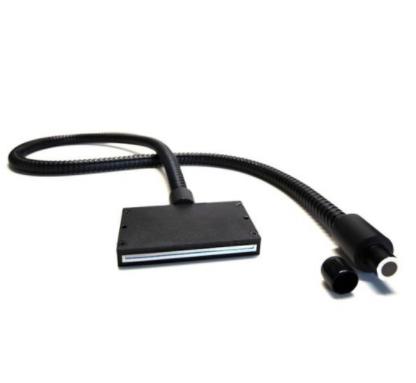
In conclusion, optical fiber lighting has the characteristics of miniaturization of light-emitting points, light weight and so on. Also, it can be free of ultraviolet and infrared light, and has broad application prospects in some special fields. What is more, fiber optic lighting system does not produce electric sparks and electric shock hazards during operation, so it can be used in special places with fire, explosion hazards or moisture and water such as chemical, oil, and natural gas platforms.



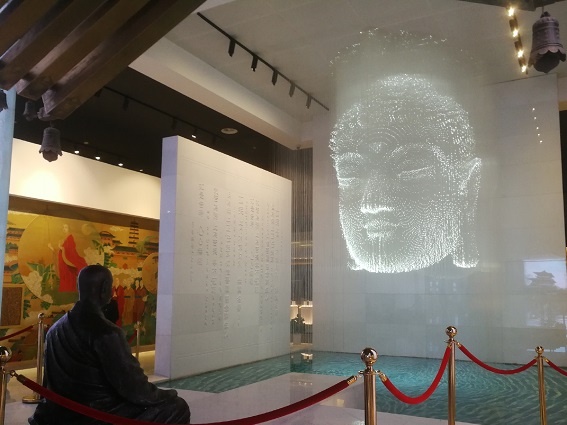
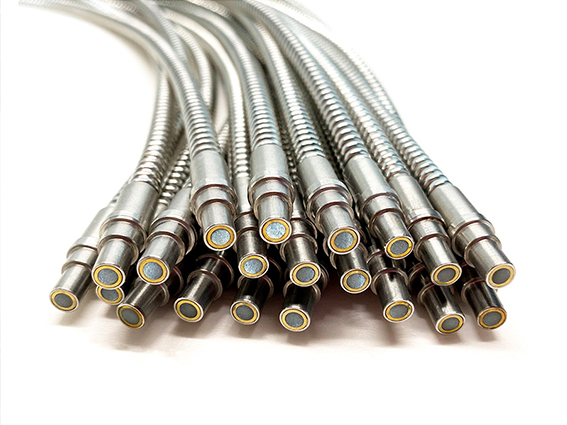
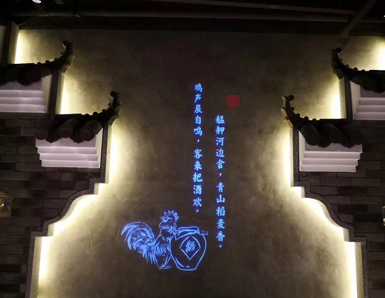









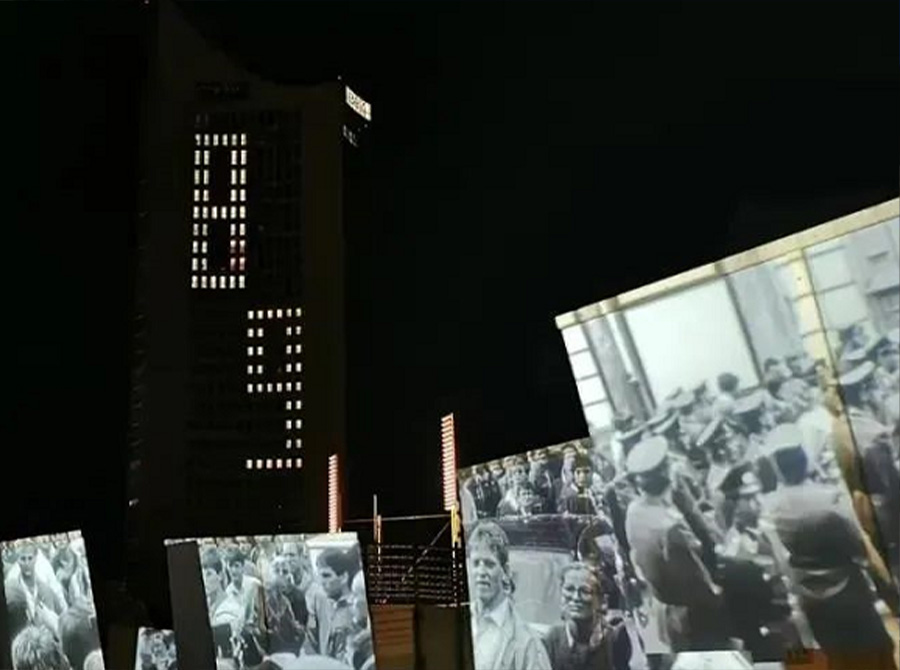
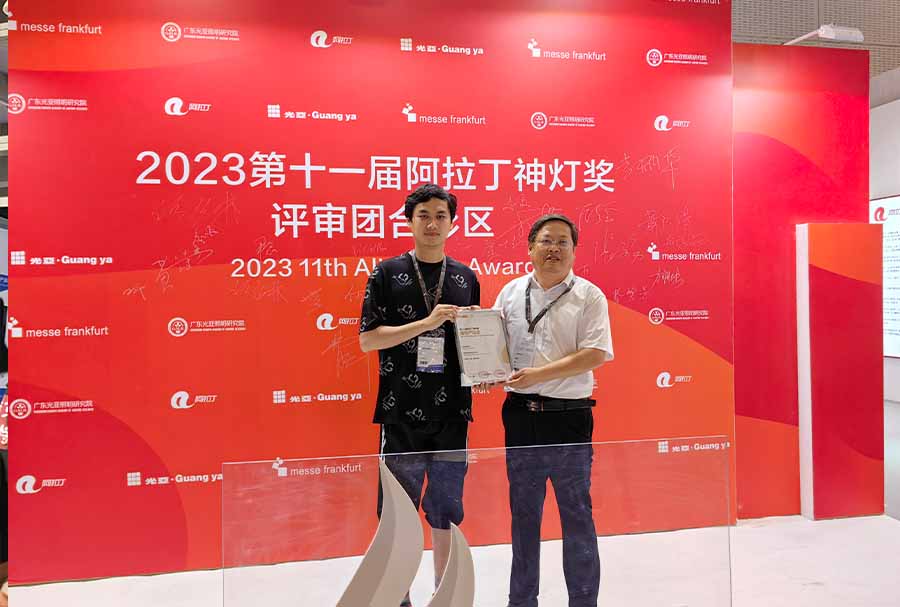

 IPv6 network supported
IPv6 network supported